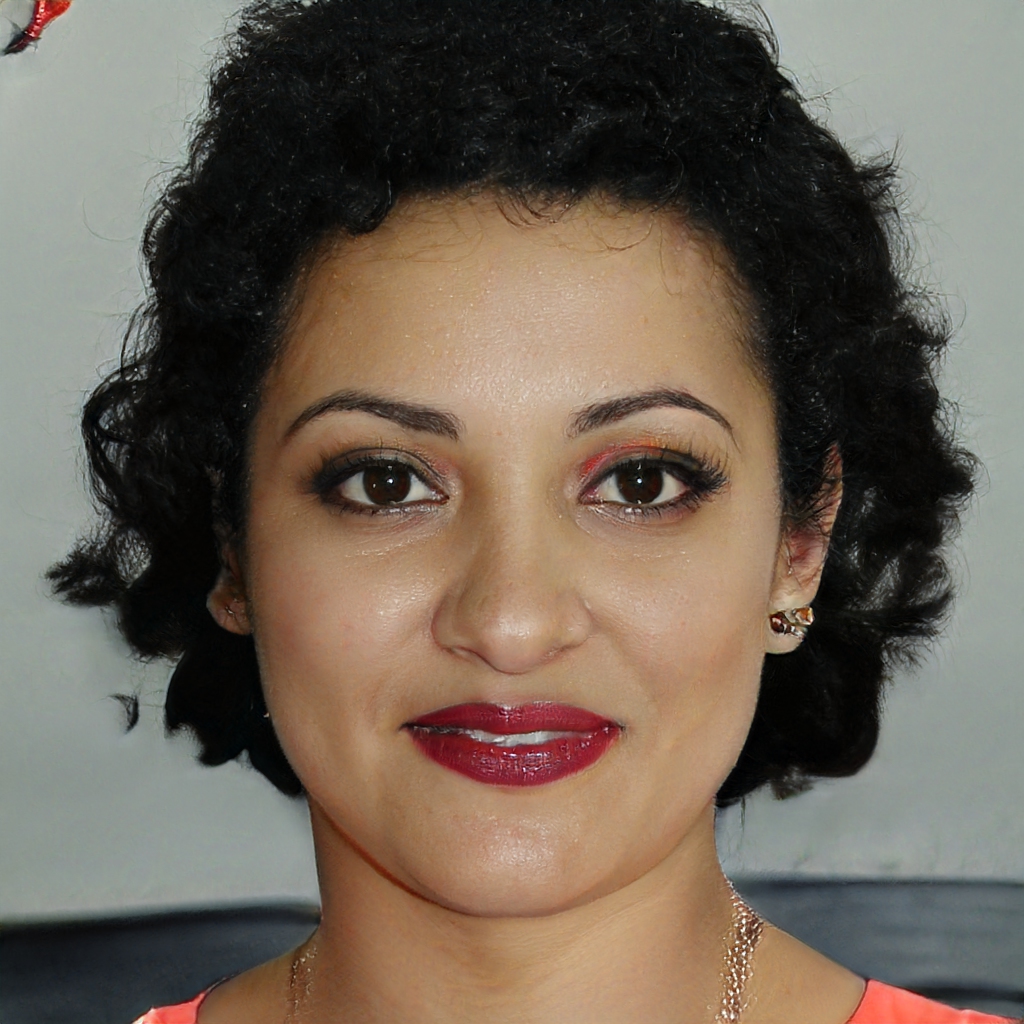Mountain View's search engine turns 20, to celebrate Google has made lots of new features, here are the main new features we'll find
Google blows out 20 candles and celebrates by changing its look. How? With lots of new features and a whole new interface.
The most popular and used search engine was put online in 1998 (ten years before Chrome) and, in just 20 years, has been able to revolutionize the web, introducing new ways of "consumption" and new standards. It's no surprise that more than 90% of online searches are done on Google, with an average of about 3 billion searches per day. A position that the Mountain View giant reinforces daily, presenting small innovations and adjustments to its search algorithm to offer users better and more accurate results. And to celebrate its 20th anniversary in the best possible way, Google is giving users new features designed to make it even easier and more immediate to find what they're looking for on the web.
Activity Card on Google
As you know, Google keeps track of all the searches you've made so it can deduce your preferences and offer you results (and advertising) in line with your tastes. With the latest update of the search engine, consulting your Google search history will be easier. Thanks to the Activity Cards, a sort of binders in which searches are categorized by single topics and not only by single URLs. For example, if we were to search for a topic related to sports, the Activity Cards will show us all the results searched and displayed in the last period on that particular topic. In this way we'll always have more sources available, among the ones we prefer and that we usually display more, for every single topic searched on the Net.
Finally arrives also Google Lens
Google Lens is perhaps the most awaited implementation on Google in these last years. For those who don't know it, it's a technology based on artificial intelligence that allows the user to receive information about a restaurant, a product, or a place simply from a photograph. In practice, from today when we see an image on Google we will find at the bottom the button for the activation of Google Lens. At this point, thanks to its neural network, the tool will tell us what's in that picture and will provide us with additional elements and extra information, such as opening hours in the case of a restaurant or a museum, to give a practical example.
AMP Story
Stories are also coming to Google. No, not those of Facebook and Instagram, but previews with images, videos and graphics that will make interactive news previews. In practice, before clicking on a particular article we will have a preview made of images, small descriptions or charts that will give us a clear overview of the topic and then if we want to deepen click on the news.
Video preview
The purpose of Stories is also to reduce loading times and reduce to zero the searches not useful for users. The new video preview functions should also be read in this perspective. In practice, when we search for videos on Google we'll see the anticipation of some frames of the movie and we'll understand immediately if it's a video that may interest us or not. The video previews will also be visible on the places of greatest interest. Let's say for example that we look for Lake Como on Google, in addition to the classic images we will also have a mini-video to better understand the topic searched.
The Discover function
Finally, also on Google arrives the Explore function, or better Discover Google. Basically this is a section for search suggestions based on what we have searched for in the past and based on our browsing tastes. It is, in simple words, the same function that we all use on social media when we look for something interesting but without starting from a specific keyword but we let ourselves be guided by the program that is based on our tastes. Discover Google will also work in the same way.
